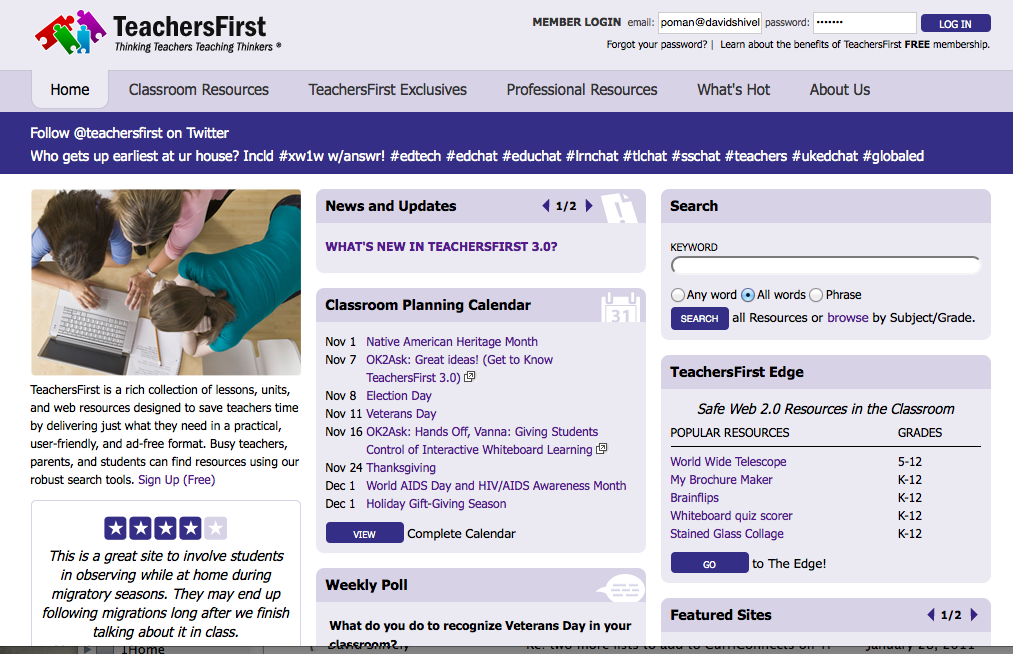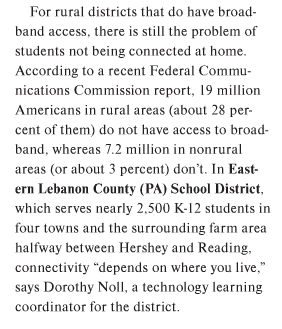I know you: A middle school teacher reflects
I know you. I have known you since you were 7 (or 8 or 10). You can act like an idiot, dress like a hooker, talk like a sailor, and saunter through these school halls flexing your freshly-sprouted muscles, but I knew you when you sat on the floor for story time and whispered in my ear that there really is no Santa Claus.
 I am excited for you. I see you questioning who you are and trying out new identities. I see you beginning to dream of a world beyond school. You ask me questions about that world that I cannot answer, but we can explore them together. As long as we who pretend to control your life make our classes seem relevant to that world, you humor us by participating. Occasionally, you let us see that you actually like learning.
I am excited for you. I see you questioning who you are and trying out new identities. I see you beginning to dream of a world beyond school. You ask me questions about that world that I cannot answer, but we can explore them together. As long as we who pretend to control your life make our classes seem relevant to that world, you humor us by participating. Occasionally, you let us see that you actually like learning.
Does it matter that I knew you before grade 6? It helps. Could a teacher new to you know you as well? Probably. Does the very act of transition to this middle school threaten your progress just by removing you from the K-5 learning home where you sat on the floor? There is a study that says it hurts your academic progress to move to this middle school instead of remaining in the same building where you abandoned Santa Claus. I am fortunate that my job as teacher of gifted spans grades 2-8 in several buildings. So I know you, no matter which grades are in the building around us.
I would argue that it is relationship that defines your learning experience. You need someone who knows you. You need someone who knows that today’s cocktail party outfit is just a trial balloon of your sexuality (and who will tell you when it is not appropriate for school). On the inside, you are still the person who pretended to be a cat for the class play and who likes to read Shel Silverstein poems. You are also the mathematician who showed me a different way to solve that word problem and the computer geek who figured out html as a hobby.
You are the lucky one. You achieve because you have adults who know you and notice you. You have history with us. Your parents who know us, too. No matter how much the experts study and mine the data about you and your classmates, I know you. I cannot wait to see what you become long after our time together here.







